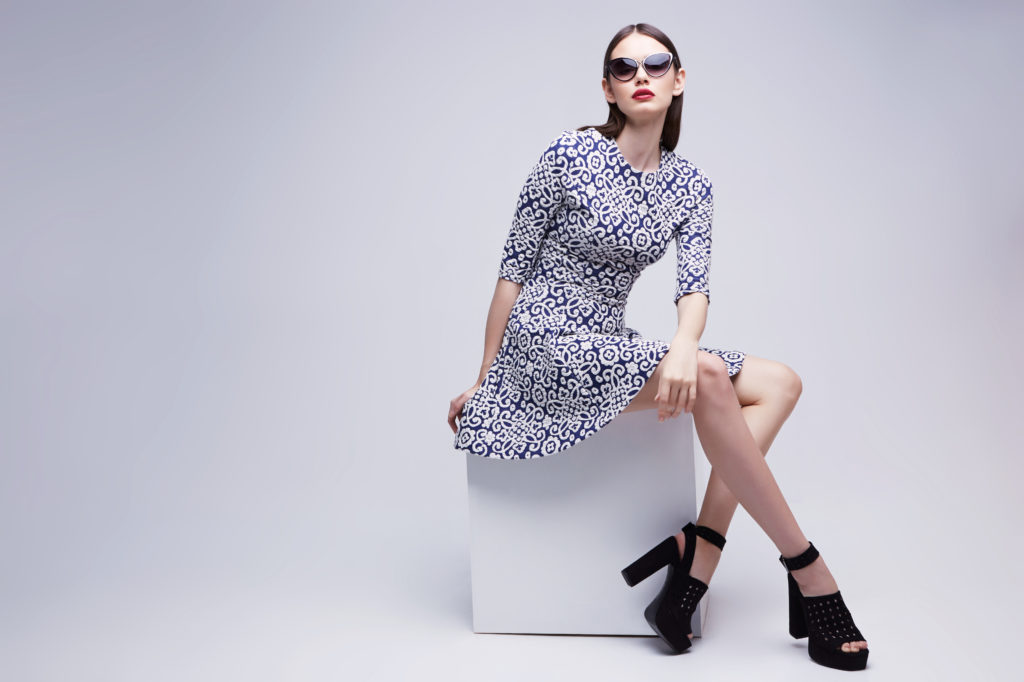Financing Options For A Fashion Startup
by Roberto Mangual | December 18, 2018

Starting and running a fashion brand often takes an immense amount of money.
There are a variety of things that go into launching a brand and keeping it afloat for the first few years.
Young designers are often encouraged not to create a fashion startup, as it comes with a set of unique financial challenges. For those who desperately want to found their own brand there are some options available to them when it comes to financing. They range from the use of personal and familial connections to networking with investors, or even appealing to the wider Internet audience for help.

The easiest (or at least, most flexible) way to launch a brand comes in the form of loans or investments from friends and family.
Obtaining loans from friends and family is a commonly used method for financing a fashion startup. It allows designers to start their brands without any outside input from unrelated investors; as a result, their creative inspiration can really flourish. Of course, this method simply will not work if a designer’s friends and family are not wealthy or convinced enough to provide the money required to launch a brand. In addition, it may be a while before related investors can get paid back (many startup fashion brands struggle to break even in their first few years), so it’s important to be communicative and transparent with the friends and family who have invested.
Another option is self-financing.
This means that whatever money is required for the launch of a promoter’s own brand will come directly from their pockets. Starting a fashion brand is expensive and high-risk, so one must think carefully about this option before committing to it. A lot of new brands often fail to take off, which can mean the complete loss of personal savings, as well as the burden of personal debt. Most designers are unable to afford this option unless they are independently wealthy, and thus must turn to alternatives.
A popular method of financing fashion startups comes in the form of venture capital.
With the venture capital option, investor groups or firms will provide money to a brand that they personally believe has long-term potential, and depending on how developed the brand is, they may become an angel investor. A venture capitalist often wants to invest when the brand is relatively small and new, and sees great potential for growth into a bigger and more profitable company. In exchange for the investor’s money, the investor will receive equity, a loan promissory note, or both, in the brand. Additionally the investor will almost always be given some control or input into the business’s decisions. This can be something that frustrates designers who wish to have complete control over their company, but it can be a necessary catalyst for future growth as well. Many direct-to-consumer fashion brands have started out using the venture capital method, such as Glossier and Outdoor Voices. They’ve been able to raise huge amounts of money, which has, in turn, enabled them to grow their brands into the cult-favorites they are today.
Taking out a traditional loan may be a viable fashion startup option.
While it may be intimidating to take on debt as a new business, traditional loans, whether from a bank or a credit union, a private investor, or even the Small Business Administration, are often viable options for brands that are just starting out. Such loans often come with financial covenants and payments are set forth on a predictable schedule. Principle plus and interest and fees will be part of these loan agreements, and personal guarantees are often required to be given by the owner or co-signers. The costs of such loans can be high, but this option usually allows the owner to maintain nearly complete control over their business.
Crowdfunding can be an option for startup designers.
Sites like Kickstarter and Gofundme are places where startups can pitch their ideas to the Internet, and ask people to invest (often small amounts) in their visions. While these sites may often not be able to raise enough money to launch a brand, they can reach a wide audience, and designers can see who is interested in their products. Of course, brands should look to all possible funding alternatives, but crowdfunding shouldn’t be ruled out completely.
In all, while starting a fashion brand can be a daunting and expensive task, there are numerous options available when it comes to financing and funding it. From friends and family to venture capitalists, personal and business loans, or even crowdfunding on the Internet, a dedicated and inspired designer can usually find a way to fund their dream brand.

